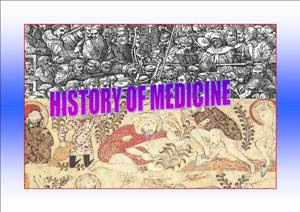The Essential Role of Fat in Food: Flavor, Nutrition, and Appeal
Fat is a cornerstone in culinary science, profoundly influencing the appearance, flavor, and overall sensory appeal of food. Its multifaceted role ensures that eating is not just a necessity but an experience of pleasure and satisfaction.
Visually, fat elevates the appeal of food. The glossy sheen it imparts to dishes like gravies or roasted vegetables can trigger immediate cravings. In meats, the intricate marbling of fat not only adds richness but also enhances tenderness during cooking. Baked goods such as croissants or puff pastries owe their flaky, airy textures to the strategic incorporation of fat, which creates steam pockets as it melts. This visual and textural harmony plays a significant role in the enjoyment of meals.
Flavor enhancement is another critical contribution of fat. It acts as a solvent for aroma compounds, amplifying their intensity and ensuring even distribution throughout the dish. For example, butter enriches the taste of sauces, while oils like olive or sesame add nuanced notes to salads and stir-fries. Fat also balances flavor profiles by countering the acidity of tomatoes in pasta sauces or softening the bitterness of certain greens. Its creamy mouthfeel further complements flavor, making dishes like ice cream, soups, and custards irresistibly smooth and luxurious.
From a nutritional perspective, fat is indispensable. It aids in the absorption of fat-soluble vitamins—A, D, E, and K—essential for various physiological functions, including vision, immunity, and bone health. Fat is also a dense energy source, crucial for sustaining activities and maintaining vital processes. Recent studies emphasize the importance of consuming healthy fats, such as those from avocados, nuts, and fish, for cardiovascular and brain health. The focus has shifted from avoiding fat entirely to balancing types and quantities, underscoring its importance in a nutritious diet.
In essence, fat is more than an ingredient; it is a transformative agent in cooking and food preparation. By enhancing appearance, boosting flavor, and offering vital nutrients, fat remains central to the sensory and nutritional qualities of our diets. Its thoughtful use ensures that food is both nourishing and delightfully indulgent.
The Essential Role of Fat in Food: Flavor, Nutrition, and Appeal



